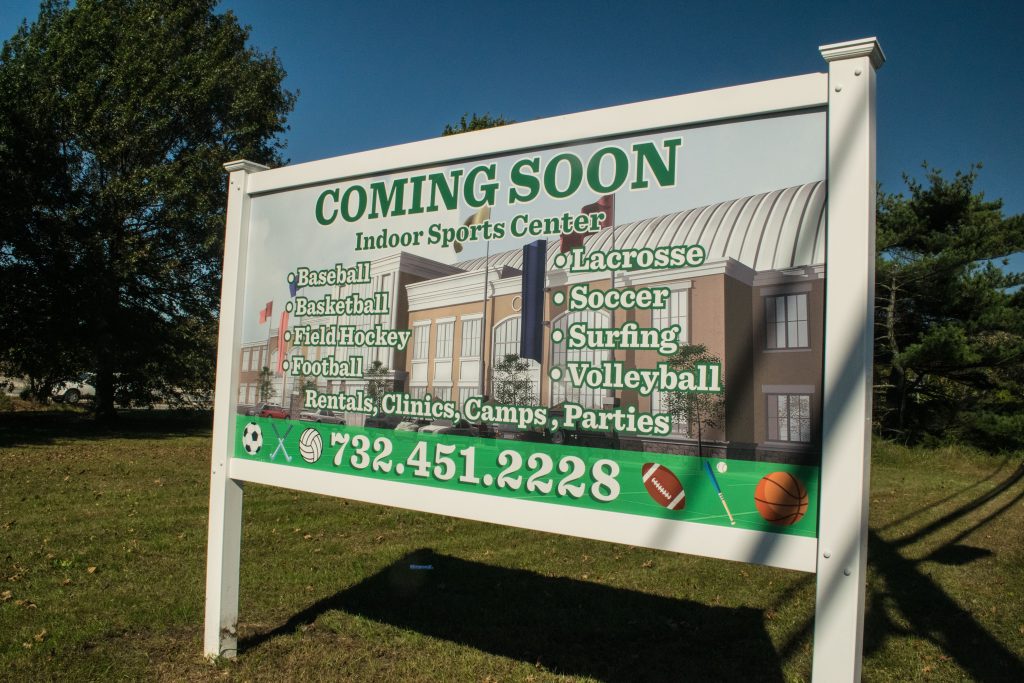A major milestone has been reached in the regulatory saga that has come along with redeveloping the former Foodtown plaza on Route 70 after more than 15 years of township ownership.
Mayor John Ducey said Monday that the project received its CAFRA permit, a large-scale environmental approval that requires a lengthy amount of time to obtain. CAFRA is an acronym for Coastal Areas Facilities Review Act, a state law governing development in waterfront areas. The permit was the biggest hurdle between transferring the property into private hands, which will lead to construction of a sports dome facilities, retail property and a restaurant. The township will receive $5 million for the property, half paid by the owner of the sports dome and half by developer Jack Morris.
“We should be able to close by the end of the year,” said Ducey.
Though the CAFRA permit has been approved, there is still a bit of red tape remaining before the township can transfer the deed to the property’s new owners. The state Department of Transportation must provide a final approval on outfall pipes, the county planning board must conduct a final review and a state waterfront development permit must be issued. Those approvals are expected to move quickly now that the state DEP’s CAFRA office has signed off.
Placing the property back onto the township’s tax rolls has been a desire of officials for years, but especially Ducey, who took swift action in the early days of his administration to terminate a previous agreement with Morris in 2014 after years of inaction and a failed attempt by Morris to build hundreds of residential units at the site. Though the termination spurred a lawsuit, it also yielded a settlement which included the current plans for the parcel’s dual use.
Officials have already started working towards completing the sale.
“Once those three things are completed, then the developer can submit copies to the planning board so they can prepare the bond estimates, and that is it,” Ducey said.

Advertisement

Police, Fire & Courts
Teacher From Brick, 36, Charged With Carrying on Affair With Student
Brick Life
Adult Autism Transition

Police, Fire & Courts
Teacher From Brick Charged in Another Sex Affair With Student










